When political opposites govern together
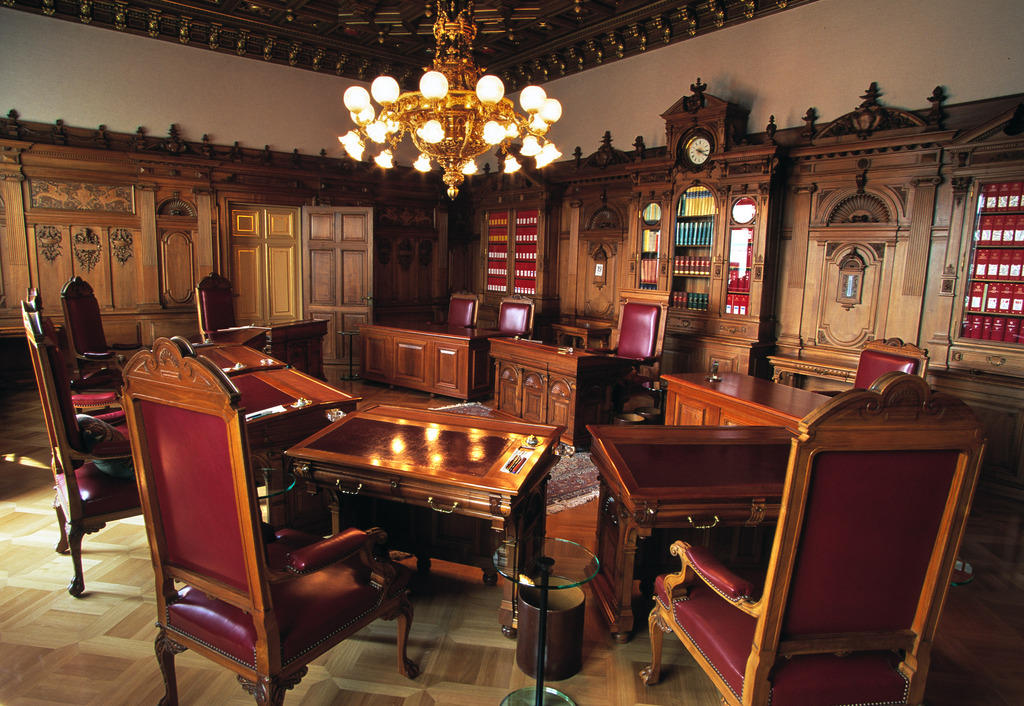
Who would come up with the concept of a government in which all the main parties – from leftwingers to rightwingers – are represented? The Swiss! Switzerland has had this system, a direct consequence of direct democracy, for decades.
In May 2017, a political earthquake shook France: Emmanuel Macron was elected French president, winning two-thirds of the vote in a run-off against Marine Le Pen. Although Macron had won only 24% of votes in the first round, in the second round many voters saw him as the lesser of two evils compared with Le Pen, leader of the far-right Front National. In France, and many other countries, the winner takes it all.
Four months later, the seven-person Swiss Federal Council (government) welcomed a new face after the retirement of Foreign Affairs Minister Didier Burkhalter, a member of the centre-right Radical Party.
Compared with neighbouring France, the election was much less spectacular: only one party was in the running. Nobody challenged the Radical Party’s claim to the vacated seat – the question was which of the party’s three nominated candidates would fill it.
Concordance
Concordance, the system of distributing power in the federal council, has existed for decades. Instead of concentrating this power in the hands of one party, as in France, all main political parties are represented in cabinet according to their strength in parliament.
In practice, this means the three largest parties (the rightwing Swiss People’s Party, the leftwing Social Democratic party and the Radicals) each receive two seats and the fourth-largest party (the centre-right Christian Democratic Party) receives one.
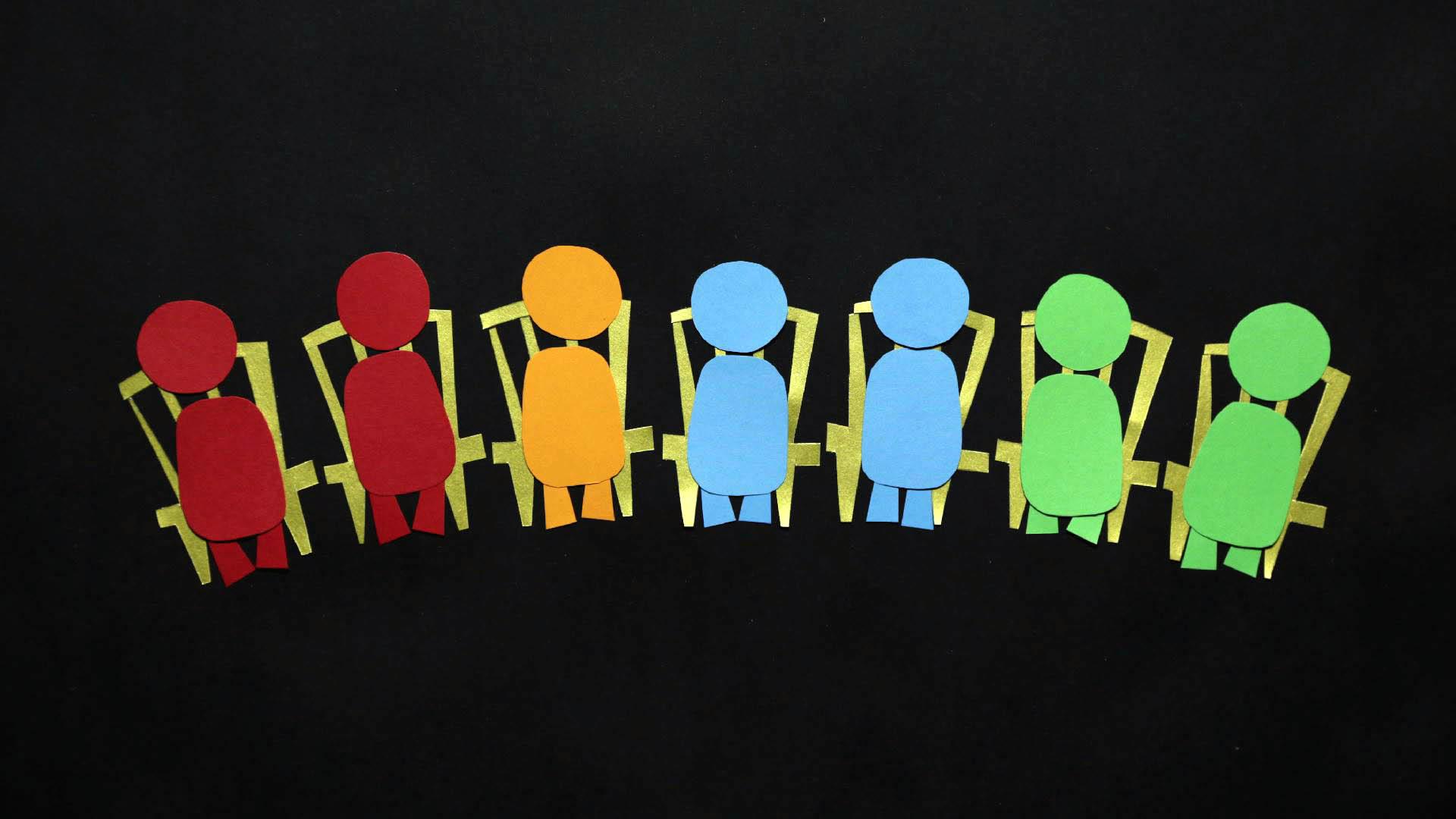
More
The political equation based on a magic formula
This 2-2-2-1 formation is known as the Magic Formula. Not everyone, however, finds it magical: in a consensus system of government, big plays are rarely possible – it’s all about stability and the lowest common denominator.
The parties play the game not out of love of compromises but purely as a strategic calculation. This is because concordance is directly linked to direct democracy.
Opposition strategy
When the Swiss Confederation was founded in 1848, the cabinet comprised just one party: all seven ministers were from the Radical Party. This was laborious work, since the opposition would constantly use referendums to challenge what the government was doing.
Using this method, the Radicals’ arch-enemies, the Catholic Conservatives, managed to block countless government bills, such as the nationalisation of the trains.
In order to get around this, the Radicals were eventually prepared – in 1891 – to free up one seat in cabinet for the conservative opposition. The Catholic Conservatives later got another seat, as did the forerunner of the Swiss People’s Party.
Integration of the Social Democrats, who by the first half of the 20th century had the largest share of the vote, took longer. It wasn’t until 1943 that they were granted a seat in cabinet.
After a short period in opposition, the Social Democrats got two seats – and the Magic Formula was created. In principle it still exists, with the People’s Party, now the largest, having taken a seat from the Christian Democrats.
How to shape policy
But having a seat in cabinet does not mean that a party must support all the government’s decisions. Rather, it enables a party to shape government policy so that the party can agree with it.
In most cases the parties in government stand behind the government but give themselves the space in certain issues to take other positions.
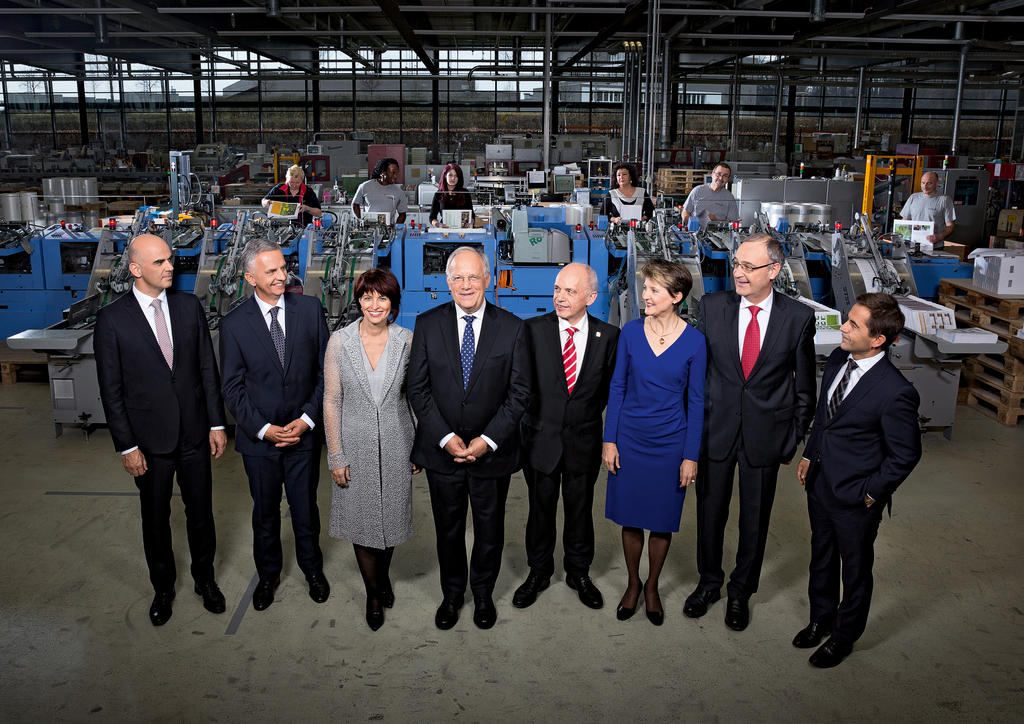
More
Swiss government opposes more cabinet members
In the case of the Catholic Conservatives, sharing government responsibility was a success. Their first cabinet minister, Josef Zemp, helped pave a breakthrough with the nationalisation of the railways – and thus the creation of the Swiss Federal Railways – after his party had vehemently opposed such a move.
Social democracy has also been “tamed” to a certain degree by entering government, although the liberal media had issued warnings in 1959 before the party got its second seat.
Uncertain future
Despite all doubts, the parties at opposite ends of the political spectrum, and those in between, have managed to co-exist. Yet recently the stability generated by concordance has become more fragile.
While in the 1970s the four parties in government endorsed the same line in more than half of votes, today this is the exception. As well as the Social Democrats, it is above all the People’s Party that regularly opposes the cabinet view.
In recent years Swiss politics has become more polarised. At the same time competition between the parties has intensified. They face greater pressure to stand out and compromising rarely helps.
The future of concordance is therefore uncertain. While all sides say they are committed to concordance, their interest is waning in consensus solutions. This could lead to problems, since in various areas, such as old-age pensions or corporate taxation, reforms are increasingly urgent.
Succeeding in this in a system of direct democracy will be more and more difficult in an age of disintegrating consensus.
(Translated from German by Thomas Stephens)

In compliance with the JTI standards
More: SWI swissinfo.ch certified by the Journalism Trust Initiative


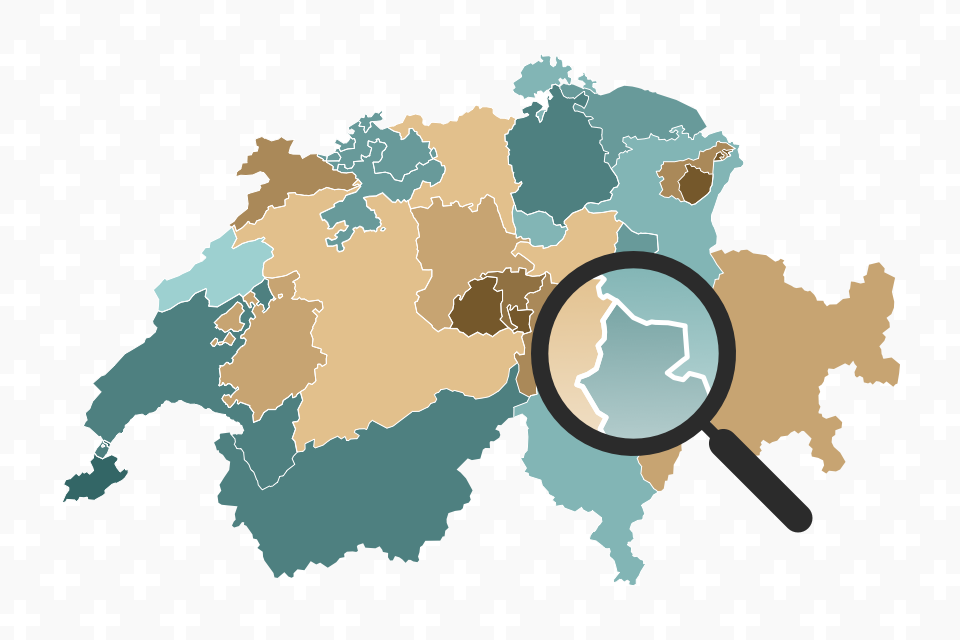








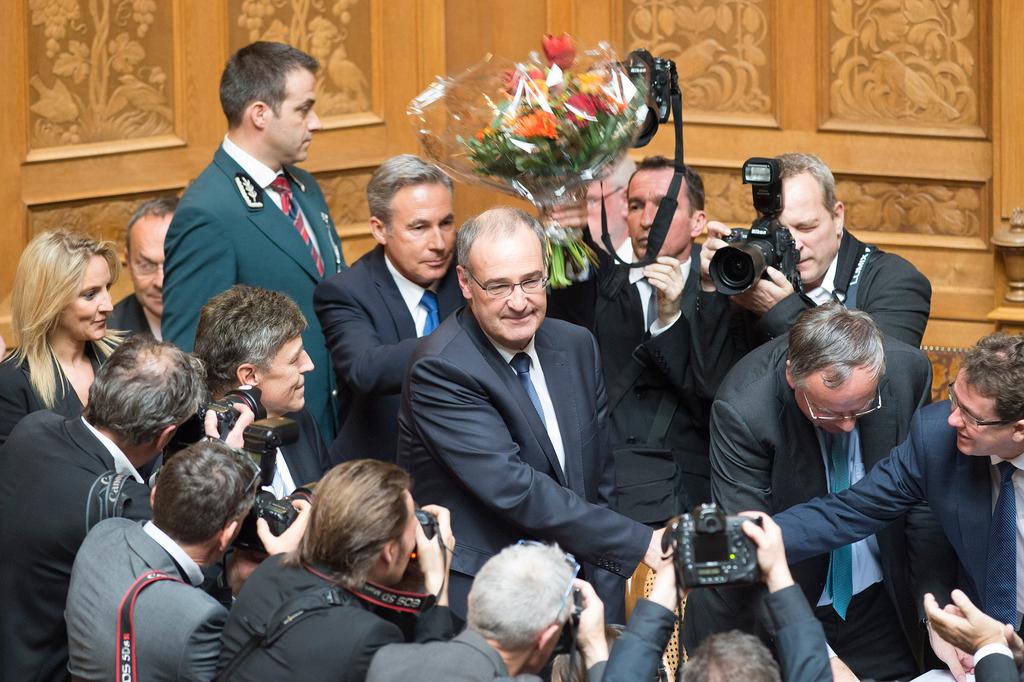

You can find an overview of ongoing debates with our journalists here . Please join us!
If you want to start a conversation about a topic raised in this article or want to report factual errors, email us at english@swissinfo.ch.